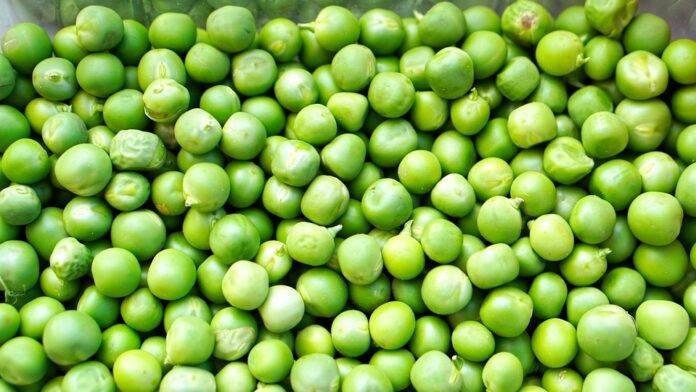Introduction
The pea industry has seen significant growth in recent years, with an increasing demand for plant-based protein sources and a shift towards healthier and more sustainable food options. As we look towards the next decade, there are several key trends and predictions that are likely to shape the future of the pea industry.
Global Market Growth
The global pea protein market is expected to continue its rapid growth in the coming years. According to a report by Grand View Research, the global pea protein market size was valued at USD 213.2 million in 2020 and is expected to reach USD 537.7 million by 2028, growing at a CAGR of 12.7% from 2021 to 2028.
Key Drivers
One of the key drivers of this growth is the increasing popularity of plant-based diets and the rising demand for alternative protein sources. Pea protein is a highly nutritious and sustainable option that is becoming increasingly popular among consumers looking for meat alternatives.
Market Segmentation
The pea protein market can be segmented into isolates, concentrates, and textured pea proteins. Isolates are expected to dominate the market due to their high protein content and versatile applications in food and beverage products.
Technological Advancements
Advancements in technology are also expected to drive growth in the pea industry. Companies are investing in research and development to improve the taste, texture, and functionality of pea protein products, making them more appealing to consumers.
Product Innovation
New product innovations such as pea-based meat alternatives, dairy alternatives, and snacks are expected to drive growth in the pea industry. Companies are also exploring new applications for pea protein, such as in sports nutrition and pet food.
Sustainability
Sustainability is a key focus for many consumers, and pea protein is seen as a more sustainable alternative to animal-based protein sources. The production of pea protein has a lower environmental impact compared to traditional protein sources, making it an attractive option for environmentally conscious consumers.
Regulatory Environment
The regulatory environment is also expected to play a significant role in shaping the future of the pea industry. As consumer demand for plant-based products continues to grow, governments are likely to introduce more regulations and incentives to promote the production and consumption of pea protein.
Labeling Regulations
One key area of focus is labeling regulations, with regulators cracking down on misleading claims and ensuring transparency in product labeling. Companies will need to ensure compliance with these regulations to maintain consumer trust and confidence.
Government Support
Governments are also providing support for the pea industry through grants, subsidies, and research funding. This support is expected to drive innovation and growth in the industry, making it a more competitive and sustainable option in the long run.
Conclusion
In conclusion, the future of the pea industry looks bright, with continued growth expected in the coming years. As consumer preferences shift towards plant-based and sustainable options, pea protein is well-positioned to meet the growing demand for alternative protein sources. With advancements in technology, product innovation, and regulatory support, the pea industry is set to thrive in the next decade.

